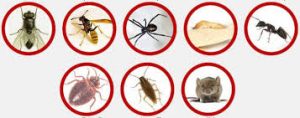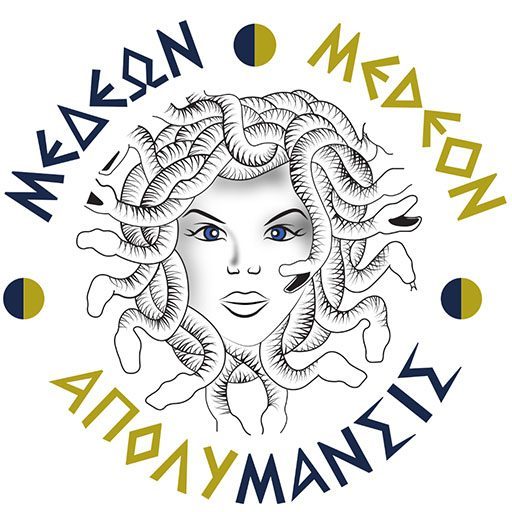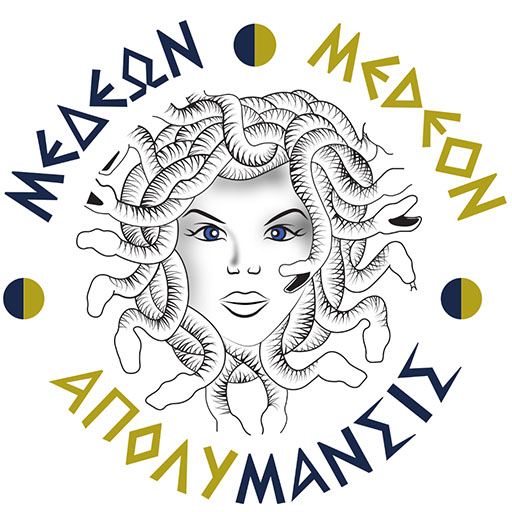
Cockroaches belong to the class of Blattaria. Main species are Blattella germanica (Blattellidae), Blatta orientalis and Periplaneta americana (Blattidae). They are very common in Greece. Cockroaches are known carriers of pathogenic microorganisms that can cause communicable diseases such as salmonellosis. They have been found to carry large numbers of bacteria and fungi and are associated with the transmission of viruses with serious effects on humans. They can contaminate food with pathogens, their infestations and their excrement with pathogenic microorganisms. Very often they are responsible for respiratory problems, such as asthma and shortness of breath, as well as dermatitis, itching, etc.
Treatment: When a hearth is discovered, spray directly. This is done in the wells of the drain or by moving bulky objects such as refrigerators, etc. Residual sprays are applied to the surfaces where they usually move. There the medicine should stay for a long time to kill any new person who will come in contact with the sprayed surface.
In places where spraying is impossible, such as on an electrical panel or in a food area, a special bait in the form of gel is applied. In addition, in houses, especially for the German cockroach, the application of gel in possible outbreaks is required.
Rodents (Rodentia) are a class of placental mammals, which includes many species. Of these, the species that are of health interest are the so-called symbiotic rodents, to which mice belong. Mice belong to the family Muridae, where the genus Mus belongs. The main species of mice are the rat Rattus norvegicus (Norwegian rat or large rat) and the Rattus rattus (brown rat or small rat) and the house mouse Mus musculus. All three species are very common in Greece. It is a group of mammals of great importance to humans, which is responsible for a large number of deaths. In addition to Weil Syndrome (leptospirosis), many species of mice are potential carriers of other serious diseases, including salmonellosis, plague, typhoid fever, and some forms of encephalitis. They also cause very serious food infections and allergies while they are carriers of parasites such as mites, nematodes, fungi and insects.
In addition to the above effects on Public Health, symbiotic rodents cause severe damage to electrical and building installations. Rodents can even be responsible for fires in facilities.
Treatment: For the control of symbiotic rodents, approved bait security stations are used, which are placed in the points-zones that have been captured in the area, with special warning, information (product and antidote) marking and inventory of findings exactly at their place of placement. Approved rodenticide baits are placed in the bait stations which are anticoagulants of subacute toxicity that act in the blood (in the prothrombin cycle). These rodenticides bait in the form of cubes (waxy or not), paste, compacts (pellets, shrimp), ground cereals, seeds and powder.
Particular care is needed when implementing a symbiotic rodent control program in the food industry where only presence control measures are taken inside warehouses and on the production site (eg mechanical multiple capture traps), as the use of anticoagulants is not permitted.
The company MEDEON – DAMATERA G.P. frees you from unwanted-feathered and non-visitors with approved formulations and specialized staff, ready to complete any mission!

